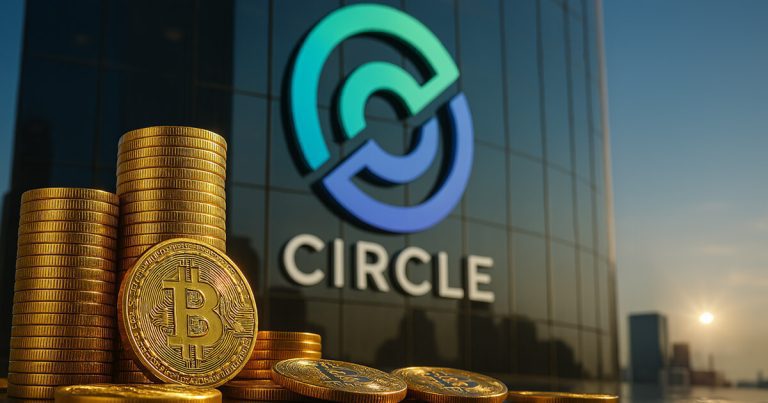Circle’s first public offering (IPO) submission has attracted insightful criticism from industry insiders who are questioning the Bitcoin strategy and broader financial stability.
The company is best known for issuing USDC Stablecoin, but recent submissions have revealed details that have stimulated skepticism across the crypto space.
Heavy altcoin, light on bitcoin and ethereum
Circle’s Crypto Holdings shows surprising underweight positions in Bitcoin and Ethereum.
As of December 31, 2024, the company owns approximately 73 btc, worth approximately $6.78 million and 1,746 ETH, worth approximately $5.82 million.
These figures are particularly small compared to Tether’s 92,000 BTC, worth around $7.644 billion, making them one of the top six Bitcoin holders around the world.
Instead, Circle appears to be more focused on alternative cryptocurrencies. The AltCoin portfolio includes 6.25 million SEI tokens, 2.3 million SUI tokens and over 867,000 optimistic tokens. Additionally, the company owns more than 217,000 APTOS tokens and other unspecified digital assets that donate $3.37 million to its portfolio.
The total fair value of these $18.7 million assets is significantly greater than the Bitcoin and Ethereum allocations.
Critics argue that the strategy shows a lack of confidence in the long-term strength of Bitcoin and Ethereum. It may reflect optimism about the emerging blockchain ecosystem, but many view it as a dangerous move that overshadows circles’ credibility.
Hex founder Richard Hart said:
“The USDC fame company, Circle, has $7 million in Bitcoin and $6 million in Ethereum on December 31, 2024. This is a very small crypto-holding. Some companies and people are better at Bitcoin and Ethereum prices than others.
The circle’s evaluation was questioned
In addition to holdings of just a few Bitcoin and Ethereum, industry insiders are also scrutinizing circle financial disclosures.
Dragonfly partner Omar Kanji criticized the IPO submission and questioned how the company justifies its $5 billion valuation. He highlighted several issues, including $250 million in balloon compensation costs and $140 million in general costs.
He also said that Kanji is putting even more pressure on core revenue streams as it relies on interest rates where circles are likely to have peaked.
Kanji concluded that IPOs could be a desperate bid for liquidity, and labelled the circle’s business model as structurally flawed.
In addition to concerns, Vaneck’s Wyatt Lonergan noted that Coinbase has earned a significant USDC-related revenue.
He estimated a net of almost $900 million from Coinbase Nets’ $1 billion revenue from Circle’s $1 billion revenue from USDC. This dependency can significantly damage the outlook for the circle if the IPO slows performance.
With this in mind, Lonergan came up with a scenario where Coinbase could win a post-IPO Circle if Coinbase struggled with inventory. He also suggested that Ripple could enter the mix with a potential valuation of between $15 billion and $20 billion, leading to a bid war.
It is mentioned in this article








